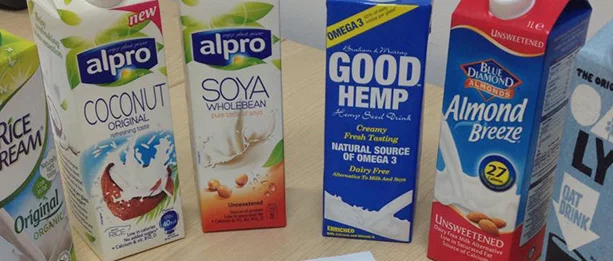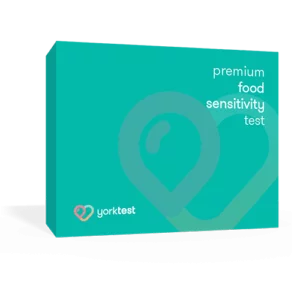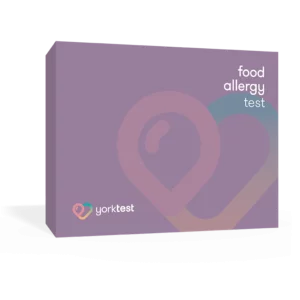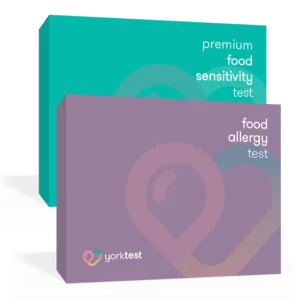What Is The Difference Between A Milk Allergy And A Milk Intolerance?
Many people suspect that allergies and intolerances are the same thing. However, the biological processes behind them are, in fact, totally different.
Food allergies are an immediate, potentially life-threatening, reaction to foods, such as milk. Symptoms may come on very quickly, often within minutes of eating the food. Approximately 4% of the adult population suffer from food allergies, and reactions are usually for life. If you have food allergies, your body produces IgE antibodies. Food-specific IgG (food sensitivity) reactions, meanwhile, are usually delayed and are not life-threatening, but they can make life difficult. Food sensitivities are not necessarily lifelong. You can find out more on the differences between allergy and intolerance here. Our food sensitivity tests do not detect allergic reactions to milk, if you feel that you may have a milk allergy, please consult your doctor or medical professional.
In addition to milk allergy and milk sensitivity, there is also lactose intolerance.
What is the difference between a milk sensitivity and lactose intolerance?
The difference between lactose and milk sensitivity differs greatly. While lactose intolerance is caused by a reaction to the sugar in milk, it is NOT the same as a milk allergy or milk intolerance.
Lactose intolerance is a digestive issue which is caused by an enzyme (lactase) deficiency. People who suffer from lactose intolerance are unable to fully digest lactose, which is a type of sugar found in milk and dairy products. If you have a milk protein intolerance (defined by yorktest as a food-specific IgG reaction), your body reacts negatively to the dairy protein. This means that you should look to remove all animal milks, such as cow, sheep or goat from your diet as the proteins are similar unless they are separately tested.
Lactose intolerance can produce similar symptoms to a milk allergy and milk intolerance; the reaction of lactose intolerance can be delayed, similar to an IgG reaction. However, lactose intolerance is for life, similar to an allergy.



























